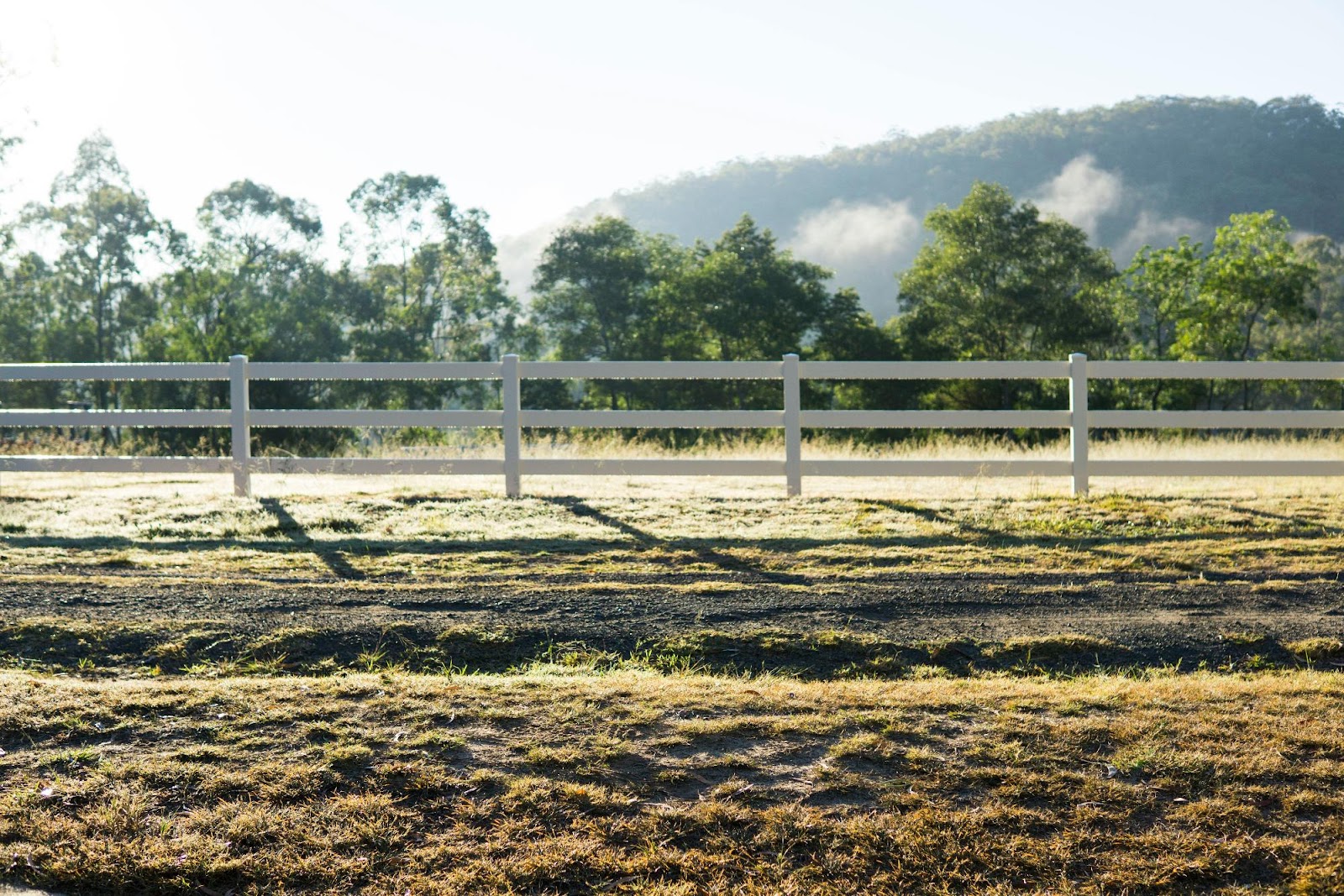The aluminum fence components are the foundation for the home aluminum fence installation. As a result, you should endeavor to preserve your fence’s various lines of aluminum fencing in good alignment.
To prevent gate posts from colliding with the concrete footers of the home, remember to install gates a few feet away from the house. The footers can occasionally be overpoured and extend up to two feet past the exterior walls.
For a variety of reasons, people prefer aluminum fences. They provide every property with an affordable fencing option and are long-lasting, simple to install, and maintenance-free.
This complete manual provides instructions on how to erect your fence. We also included a list of the necessary tools to begin and complete your fence installation without forgetting anything.
Table of Contents
Steps to Install Aluminum Fence Corner Posts
Required Tools And Materials
- Hole digger
- Screwdriver
- Concrete
- Wood stakes
- String line
Mark The Points For Posts
Use the wooden pegs to mark the locations of the gate posts, corner posts, and end posts before stringing them together to create your entire fence. You can use the string as a straight-line guide to mark the location of the holes.
Before digging any holes, locate and designate any utility, drainage, and sewer lines. On your plot layout, you may typically find these. Otherwise, speak with a surveyor. More money may be spent than you’d want if you hit a line.
Dig Holes
It’s time to start drilling the post holes after you’ve marked out the fence lines on your land. While keeping the fencing above the ground, set your auger for the depth of the fence post. After installation, you can always slightly push the post downward to align it horizontally if necessary.
Setting the corner post first, then moving a straight string line to the opposite corner. The aluminum will first be inserted into the post after each individually set. Verify that the post and section are straight and level before backfilling the hole with dry concrete and stomping it down firmly.
Attach Fence
Inserting the panel’s notched rails into the post’s holes, one fence piece can be fastened to it. The fence panel is then fastened to the post using a self-tapping screw inserted through the inside rail and into the side of the post. For each additional rail, your fence panel has, repeat the process.
Place Posts In The Holes
The first hole should contain the post. Knock down the post. Fill the hole with concrete that has been mixed. A string line and a post should always be parallel. A post and a panel should be installed at a time.
Concrete should not reach the hole’s top when being poured into it. Add compacted soil to the remaining space and firmly push. By doing so, the post will be held firmly in place. Put a block under the fence to prevent it from dipping down if the concrete is extremely moist and the post is trying to go down even deeper.
Install Posts In Small Sections
We will never be able to avoid giving you a brief section, no matter how hard we try. Compared to the length of an aluminum fence panel, this fence part is shorter. This panel’s installation is easy.
Mark the opposite end of the aluminum fence section past the inside of the corner post with a carpenter pencil before inserting it into the last line post.
It must have three notches to fit the rail onto the corner post: top, middle, and bottom. Substitute concrete for the backfill before inserting the final post.
Adjust Every Post
When you’ve finished that line, tweak each post to ensure the fence follows the grade and has a smooth flow. Before the concrete can dry, this needs to be done immediately after or during the installation.
If your fencing line came to a corner, check that the final post is a corner post with the holes facing the direction of the next fence line. Continue until every line is finished. The gates should now be hung.
Benefits Of Installing Aluminum Fence Corner Posts
Aluminum is a low-maintenance substance. You can be sure that, compared to other fencing kinds, you will spend considerably less time examining and maintaining the fence if you install an aluminum fence and fencing posts.
Unlike some other fencing kinds, aluminum does not corrode. Therefore, it will not rot or rust. It is not prone to corrosion because it is a non-ferrous substance.
Bottom Line
Aluminum works well for posts and fencing. It is a thin, strong, and adaptable substance. It won’t rust even when exposed to different weather conditions. Some fencing producers can supply an extra coating for even longer-lasting durability for aluminum fencing.
Because it is lightweight and flexible, aluminum Aluminum fencing posts must be heavier and thicker. Be aware that since steel is impact resistant, you should consider installing steel posts if you need high-security fencing.
Aluminum fencing is less expensive than steel fences, including the fencing posts. For several reasons, domestic areas like gardens, swimming pools, or yards of various sizes are suited for aluminum fencing and fence posts.





